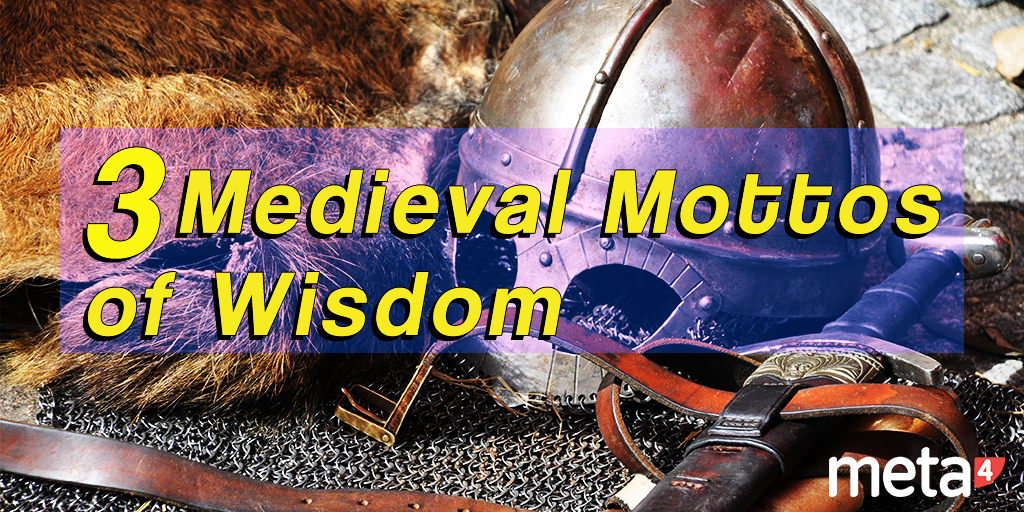We live amid a fierce offensive, among visionaries who predict that the professions of the future will not be what we know today. Indeed, they hardly touch upon what these anticipated professions entail. Notwithstanding how the world of work rearranges itself over the next few decades, it is essential that each of us comes up with a blueprint of what we would like to be when we are older. As in what kind of footprint do we want to leave in our environment.
We are not just what we are in the present moment. Fundamentally, we are what we long to become. The young person lives articulating expectations. The old person contemplates their past—the joys and aftertastes, or the misgivings and sorrows, depending on how they have aged. Each one of us is even partially the cause of what goes on within us.
In medieval times this concept was summarized with an adage that holds unfathomable wisdom: sic vita, mors ita. This translates freely to: you die as you live. A broader reflection is this: we mature according to our personal desires, with the limitations that come with the deterioration of the chassis that is our body.
In the throes of a civilization driven by urgency, instant results, swift rise to riches, it becomes particularly advisable to reflect on the purpose of our efforts. The characterization of our existence that should matter to us is not the one that someone may paint of us, but the one that we discover when we look at ourselves in the mirror. Skills (what we can do) are part of our being in the world, but what really makes the difference are our attitudes: what we want to do.
Regardless of our chronological age, or of our career paths, we are worth the sum of our aspirations. Many of us do not develop them fully, but we can sow the seeds, so they bloom as healthy undertakings that benefit others when we are no longer on the planet.
Whoever lives in resentment, sows bewilderment and becomes a parasite feeding off the energy of others. Our courage must be applied to creating products or services and to our way of being in the world. Such people are founts of enthusiasm. Sometimes this has been expressed as: there are those who put forward a solution to each problem, and those who erect obstacles for each initiative.
To successfully forge a personality, it is essential to have a valuable model. At the time of the centenary of the Bolshevik revolution, I published in my book “¡Camaradas! De Lenin a hoy” (Translated as “Comrades! From Lenin to today”) a series of models that we should ignore. Here I express the urgent need to choose attractive prototypes that, by serving others, contribute to our improvement. Just as the medieval scholars summed up, this only happens if we apply the methodology, per angusta ad augusta: boldly overcome difficulties to reach new heights.
Ultimately be reminded that vehement or unrestrained attitudes of impatience are of little use, because as people we are not born whole, we are instead completing ourselves, so active parsimony is essential to achieve goals. That is why those medieval scholars remembered that nemo repente fit summus: we do not suddenly become good or bad, but instead we forge ourselves little by little.
A well-defined blueprint and consistent tenacity are, in short, indispensable components for forging great professionals. The presence of a veteran coach is almost always inevitable.






